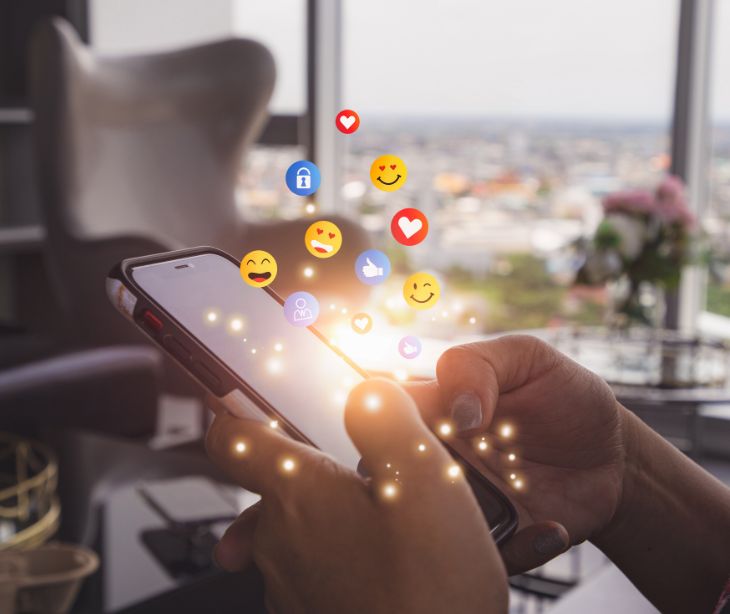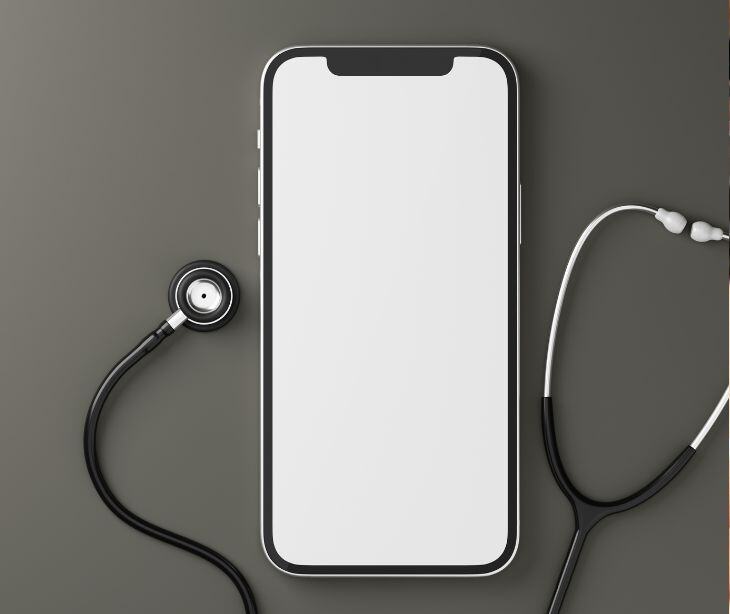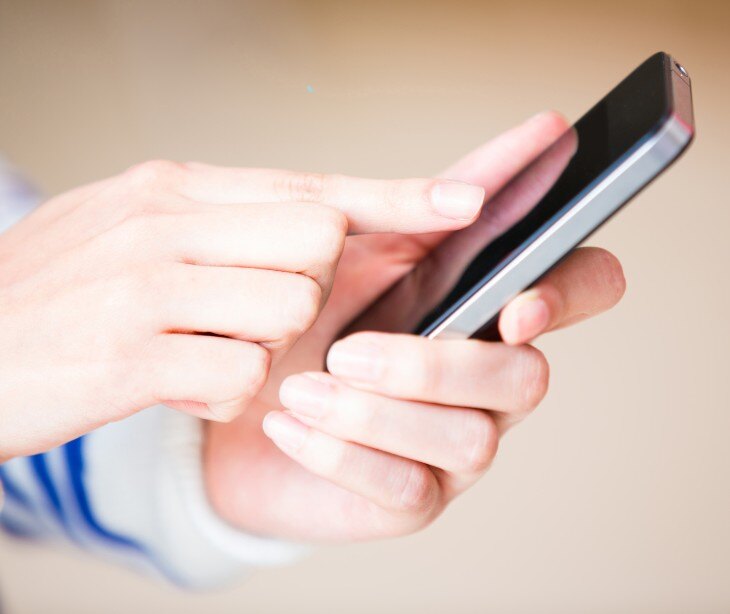3 min read
Are emojis in text messages to patients still HIPAA compliant?
Liyanda Tembani
April 04, 2024

Healthcare providers can use emojis in text messages with patients while staying HIPAA compliant, but it requires careful consideration. Emojis can introduce ambiguity and potential risks for unintentional disclosure of protected health information (PHI). Providers should ensure that emojis are used judiciously, avoiding conveying sensitive medical information and adhering to the minimum necessary standard. Clear context should accompany emojis to mitigate misinterpretation, and patient consent should be obtained for electronic communication.
What is HIPAA compliant text messaging?
HIPAA regulations govern the privacy and security of PHI in electronic communication. Healthcare providers must use HIPAA compliant text messaging platforms and obtain patient consent before communicating PHI via text message. The HHS clarified that "texting patient information among members of the health care team is permissible if accomplished through a secure platform."
Adhering to the minimum necessary standard ensures that only essential information is shared. Furthermore, healthcare organizations should implement policies and procedures to safeguard electronic communication and ensure HIPAA compliance. This includes training staff on the proper use of text messaging and regularly auditing communication practices to identify and address potential risks or violations.
Emojis and HIPAA
Emojis, while popular for conveying emotions and tone, can pose challenges in healthcare communication. Their subjective nature and lack of standardization make them a grey area with HIPAA. Ambiguity and misinterpretation of emojis can potentially compromise patient privacy and lead to HIPAA violations.
When interpreting emojis, healthcare providers must consider cultural and generational differences, which can influence their meaning. For example, a smiling face emoji may signify gratitude to one patient but could be perceived as insincere by another.
Potential risks and challenges of using emojis in text messages to patients
- Ambiguity in interpretation: Emojis in text messages to patients introduce a level of subjectivity that can lead to ambiguity in interpretation. Different individuals may interpret emojis differently, potentially resulting in miscommunication or unintended disclosure of sensitive information.
- Device display discrepancies: Emojis may display differently across various devices and platforms, complicating their use in healthcare communication. What appears as one emoji on a sender's device may be rendered differently on the recipient's device, leading to confusion or misunderstanding.
- Risk of inadvertent PHI disclosure: There's a risk of emojis being inadvertently included in messages containing PHI, particularly in fast-paced communication environments where providers may use emojis without careful consideration. This poses a risk of unintentional disclosure of PHI, which could compromise patient privacy and violate HIPAA regulations.
Strategies for HIPAA compliant emoji use
Using universally understood emojis and providing clear context
Using universally understood emojis and providing clear context within messages can help mitigate risks. For example, pairing an emoji with a clear text message, such as "Appointment reminder for tomorrow ⏰," clarifies its intended meaning and reduces the risk of misinterpretation or ambiguity.
Considering appropriateness based on communication nature and patient preferences
Emojis may be more suitable for informal or routine messages, such as appointment reminders, rather than conveying sensitive medical information. Healthcare providers can ensure that the use of emojis enhances communication while maintaining professionalism and HIPAA compliance by taking into account the context and patient preferences.
Prioritizing clear communication and patient privacy
When using emojis in text messages to patients, healthcare providers should prioritize clear communication and patient privacy. Emojis should complement the message and enhance understanding without compromising patient confidentiality or HIPAA compliance.
Obtaining explicit patient consent and adhering to organizational policies
Patients should be informed of the use of emojis in communication and allowed to opt in or out based on their preferences. Providers should also ensure that their use of emojis aligns with organizational policies and guidelines for electronic communication.
FAQs
Are there any emojis that healthcare providers should avoid using in text messages to patients?
While there's no definitive list of emojis to avoid, healthcare providers should exercise caution with emojis that may be misinterpreted or convey sensitive meanings. Emojis representing medical conditions or procedures, such as the syringe or pill emoji, should be used sparingly to prevent potential confusion or discomfort for patients.
What should I do if a patient responds with emojis in a text message?
If a patient responds with emojis in a text message, interpret them in the context of the conversation and respond accordingly. If the meaning of the emojis is unclear, consider asking the patient for clarification to ensure effective communication while maintaining HIPAA compliance.
What should I do if I accidentally send a text message containing PHI to the wrong recipient?
If you accidentally send a text message containing PHI to the wrong recipient, act swiftly to mitigate potential privacy breaches. Immediately recall the message if possible and notify your organization's HIPAA compliance officer. Document the incident and take steps to prevent similar occurrences in the future through additional training or technical safeguards.
Subscribe to Paubox Weekly
Every Friday we'll bring you the most important news from Paubox. Our aim is to make you smarter, faster.




